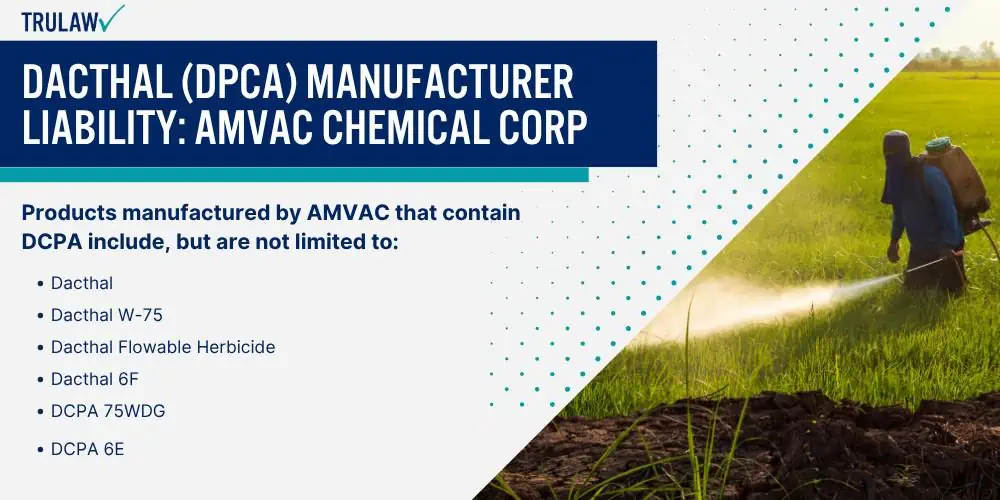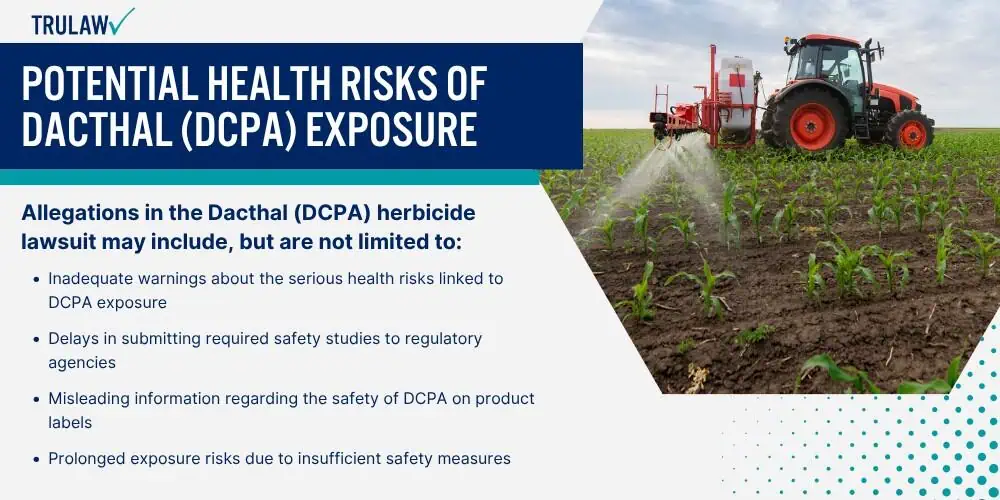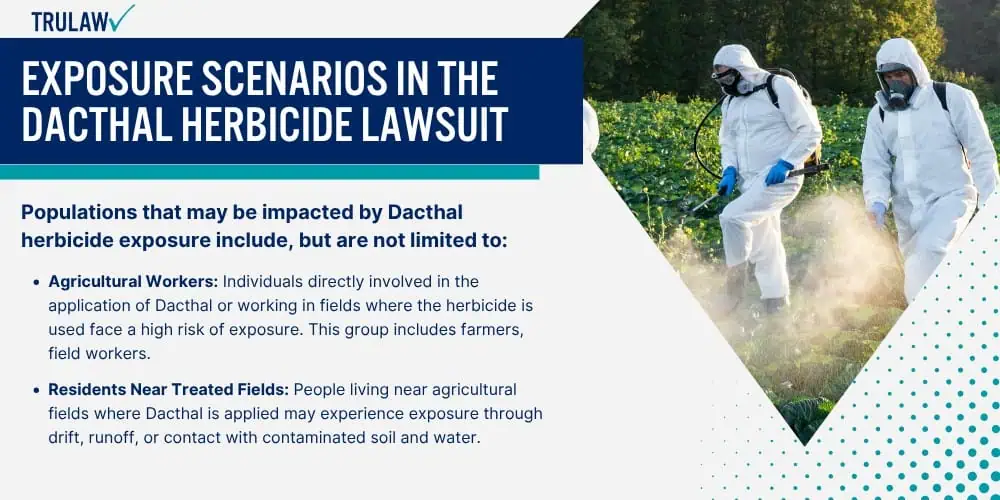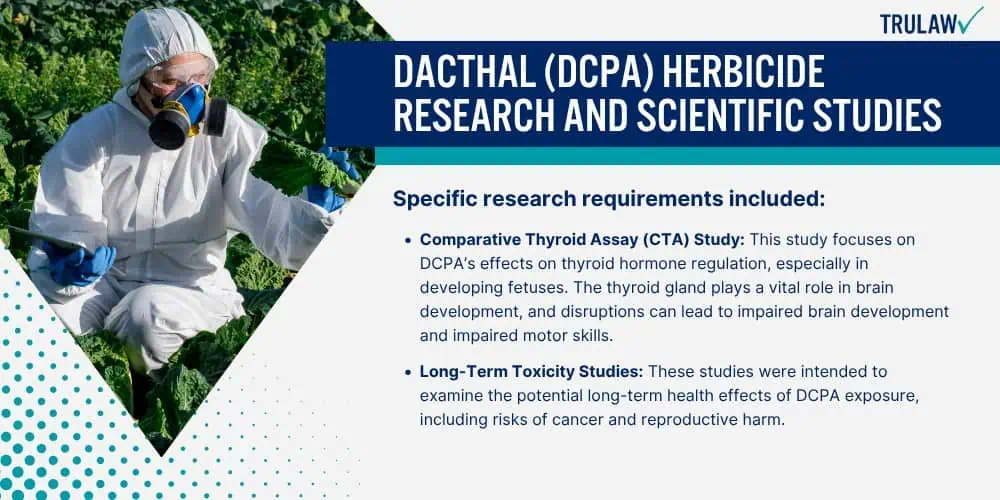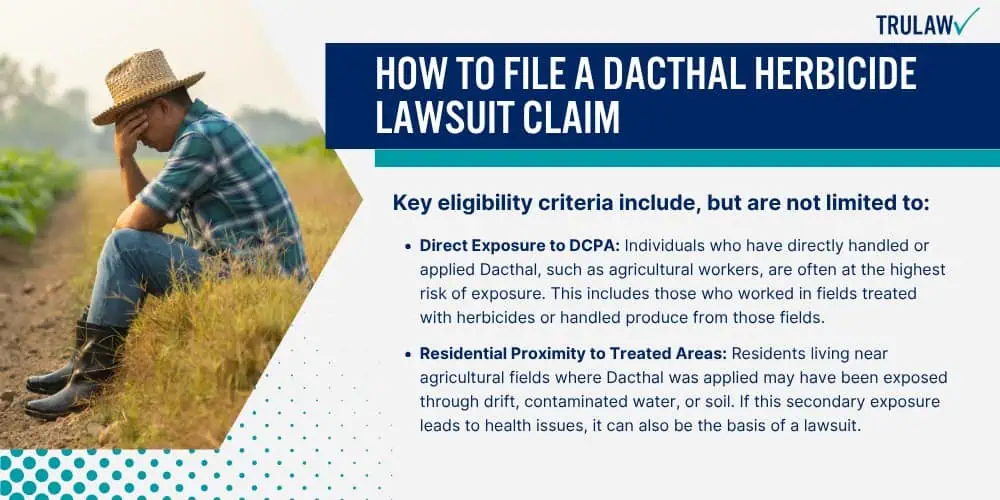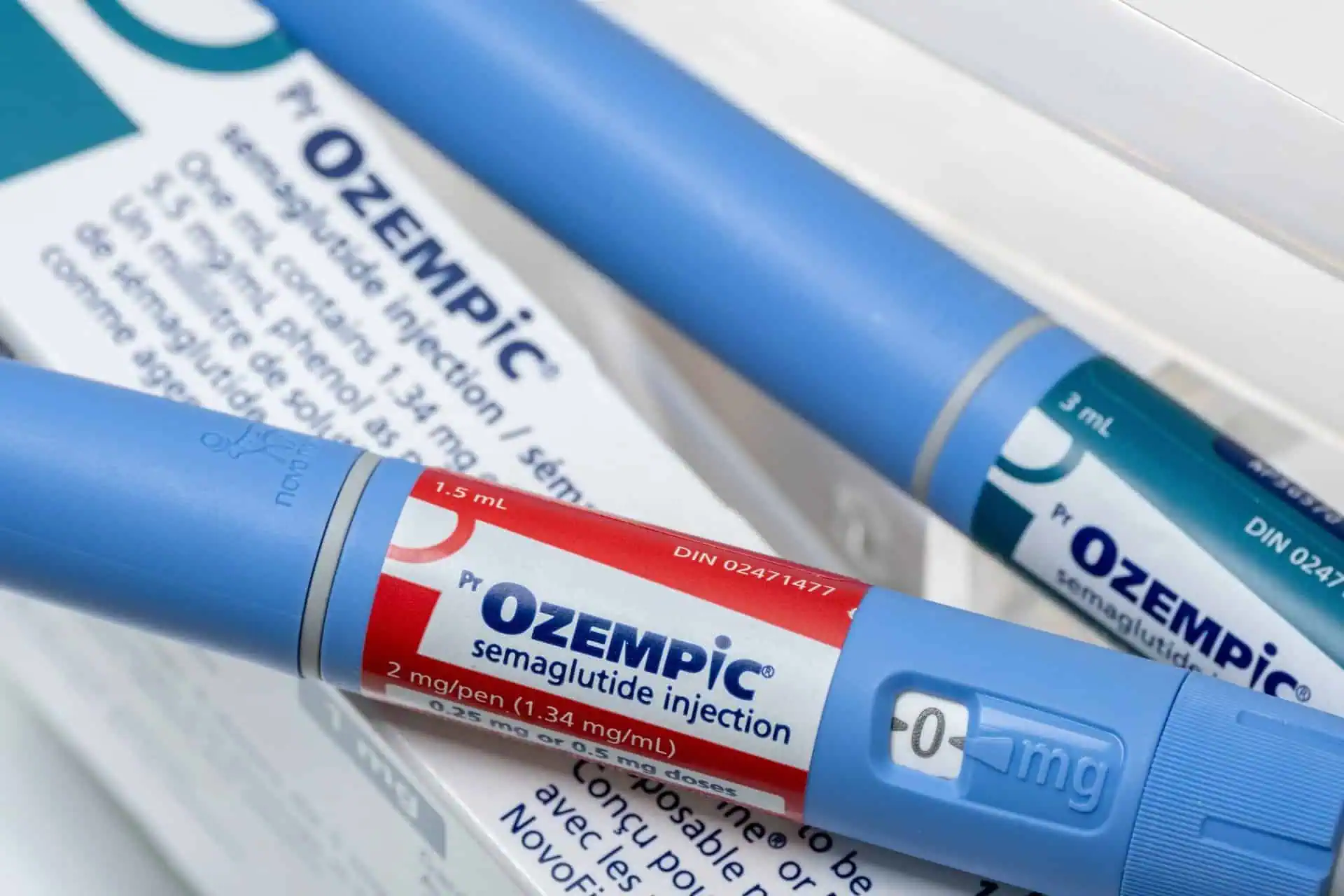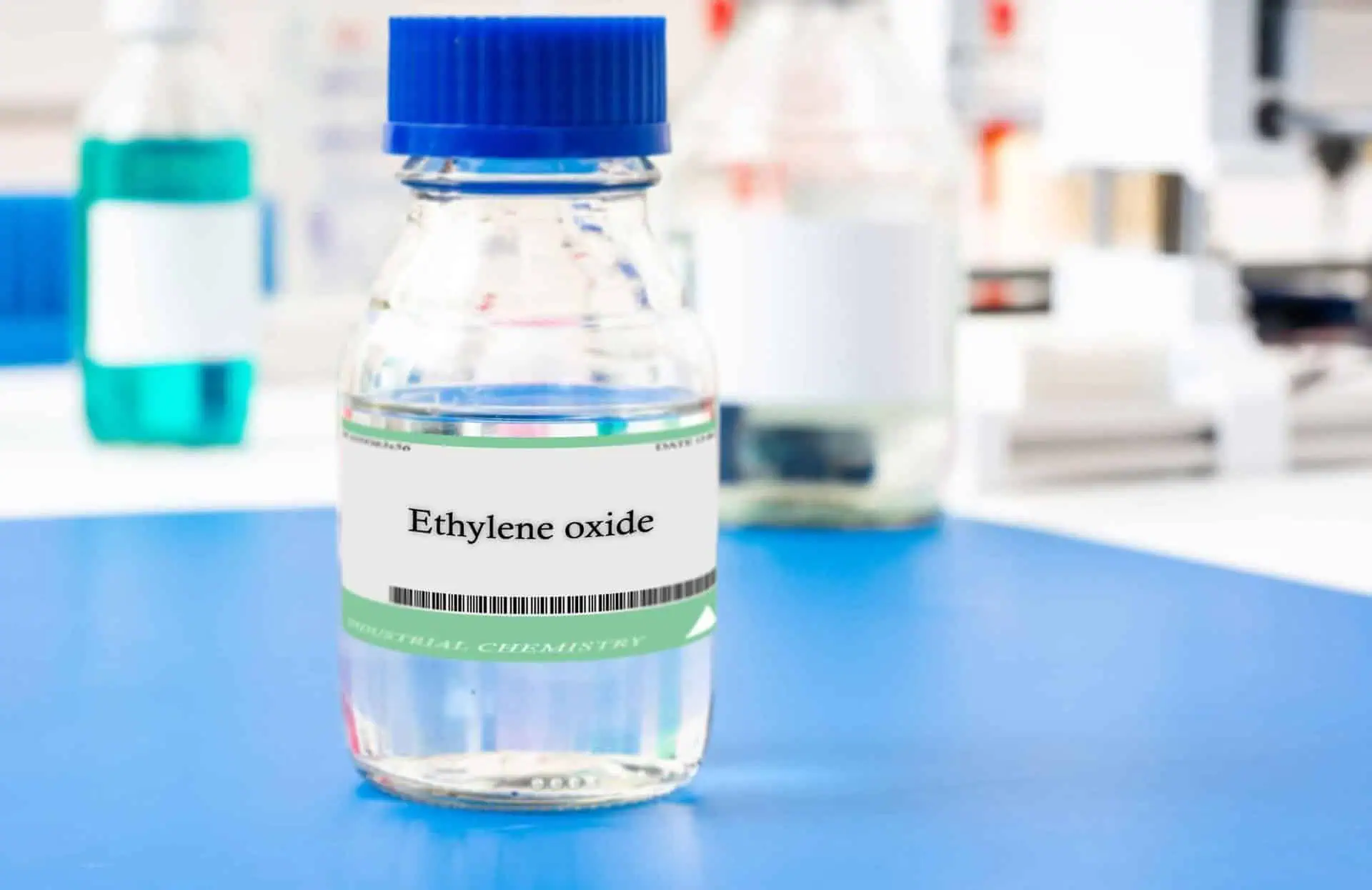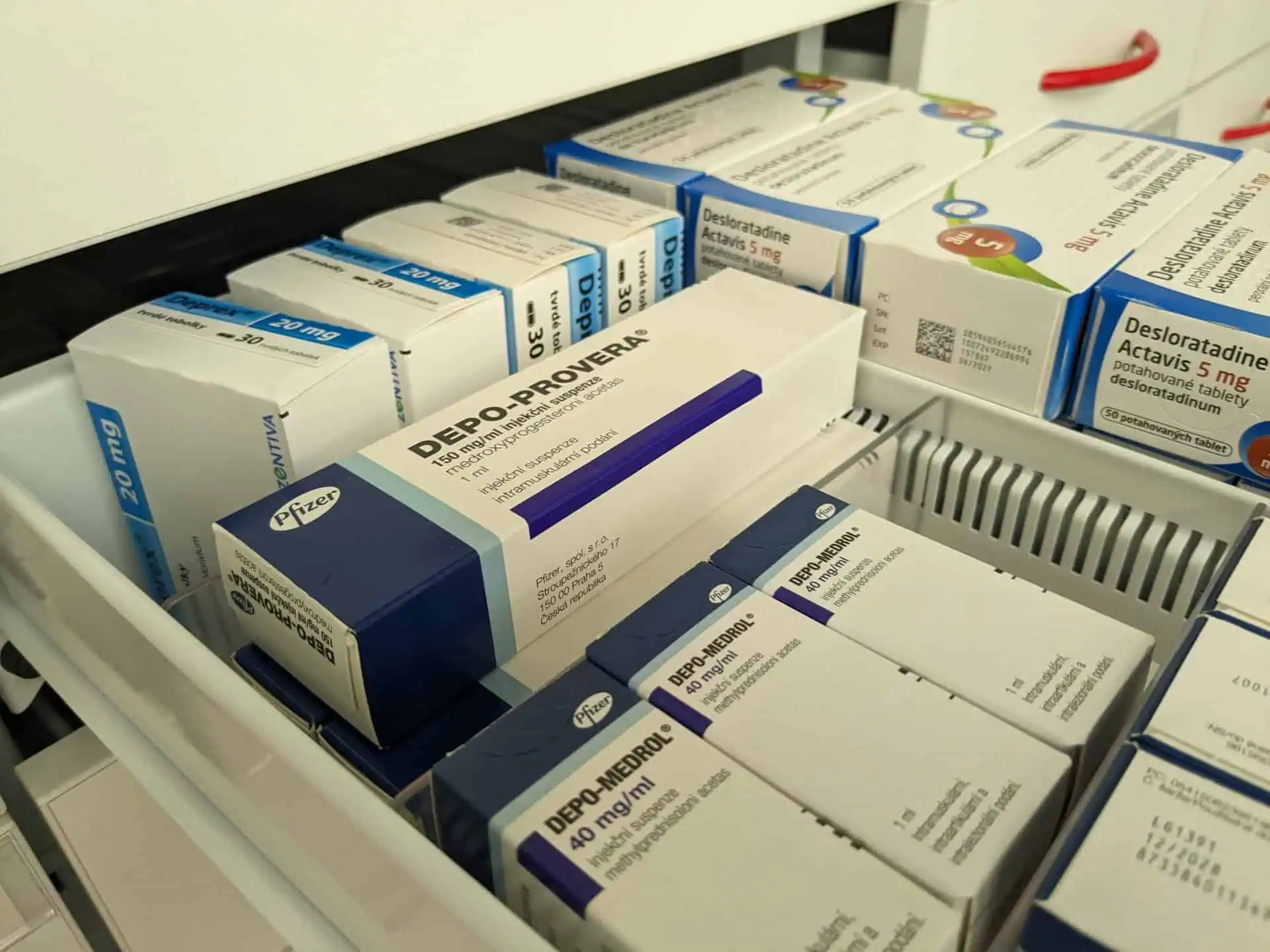The Environmental Protection Agency (EPA) has recently taken significant regulatory action against the herbicide Dacthal, also known as DCPA, due to severe health and environmental concerns.
This has opened the door for potential lawsuits against the manufacturers and distributors of Dacthal products.
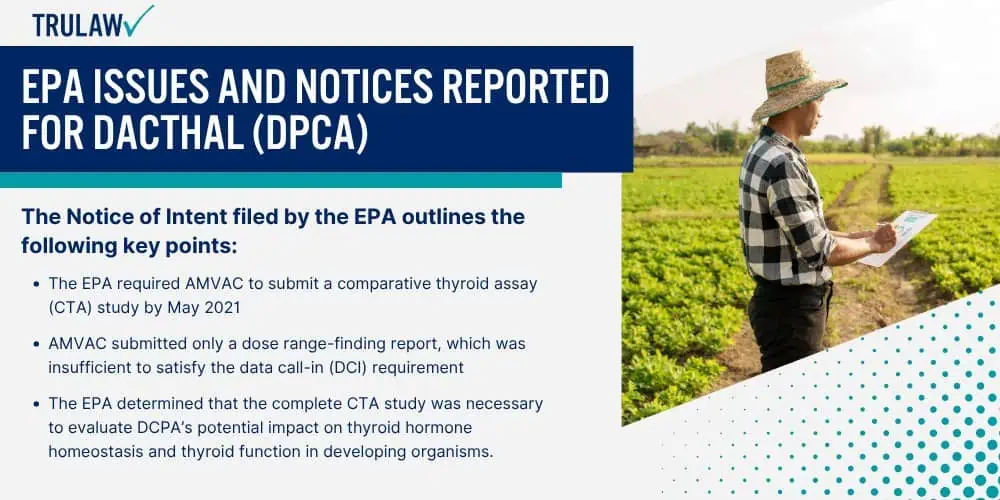
EPA Emergency Order to Stop DPCA Herbicide Use
In August 2024, the EPA issued an emergency order immediately suspending the registration of all pesticide products containing DCPA.
This action was taken due to evidence that DCPA exposure poses an “imminent hazard” to human health, particularly to fetuses of pregnant women exposed to the chemical. The order prohibits any further sale, distribution, or use of Dacthal products.
EPA Notice of Intent to Suspend the Herbicide DCPA
Prior to the emergency order in April 2022, the EPA filed a Notice of Intent to Suspend the registration of DCPA technical products.
This was due to the manufacturer’s failure to submit required toxicity studies on the effects of DCPA on thyroid development and fetal thyroid hormone levels.
The Notice of Intent filed by the EPA outlines the following key points:
- The EPA required AMVAC to submit a comparative thyroid assay (CTA) study by May 2021
- AMVAC submitted only a dose range-finding report, which was insufficient to satisfy the data call-in (DCI) requirement
- The EPA determined that the complete CTA study was necessary to evaluate DCPA’s potential impact on thyroid hormone homeostasis and thyroid function in developing organisms.
- Failure to submit the required study led to the EPA’s decision to initiate suspension proceedings for the DCPA technical product registration
These points highlight AMVAC’s failure to comply with EPA regulations and demonstrate the company’s potential negligence in thoroughly investigating the safety of its product.
This information could be used in potential lawsuits to show that AMVAC was aware of the need for further safety studies but failed to conduct them in a timely manner, which may put public health at risk.


